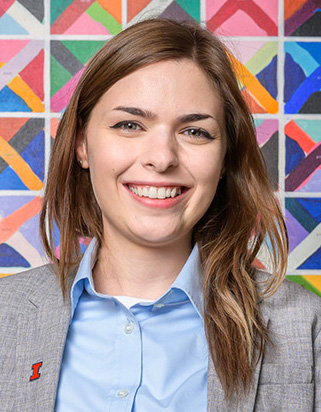
What Happens When Students Follow Their Passion?
Good things.
Kaylin Ratner has been studying the impact on students when they are allowed to choose—in a beyond-school-time program—their own learning challenge. The results are fascinating.

Photo by Fred Zwicky
Kaylin Ratner has been conducting research with the nonprofit, GripTape for the past four years that essentially turns traditional education on its head.
Instead of devising and delivering a curriculum for students, GripTape puts youth in the driver’s seat, allowing them to choose what they want to learn.
GripTape, a beyond-school-time program, offers youth ages 14-19 to take on a learning challenge over 10 weeks. The students design their own learning experience and receive $500 and a Champion—essentially a cheerleader and encourage —to support them along the way.
Traditional education uses a top-down approach, where we say this is what you need to know,” says Ratner, an assistant professor in Educational Psychology in the College of Education and a Public Engagement Faculty Fellow in 2023-24. “There’s definitely a place for that, but GripTape is unique in its bottom-up approach, listening to youth and recognizing that learning happens everywhere.”
When she says “everywhere,” she means it—both in terms of geography and content. Since its inception in 2015, more than 3,600 teenagers—“Challengers”—in all 50 states have taken on learning challenges through GripTape, whose tagline, “Youth Driving Learning,” succinctly describes its purpose and its approach to education.
Of those more than 3,600 Challengers, 90% said that taking part in the learning challenge has changed how they will approach learning in the future, 98% said they gained skills and knowledge that will be valuable to their future success, and 100% said they would recommend the experience to their friends.
